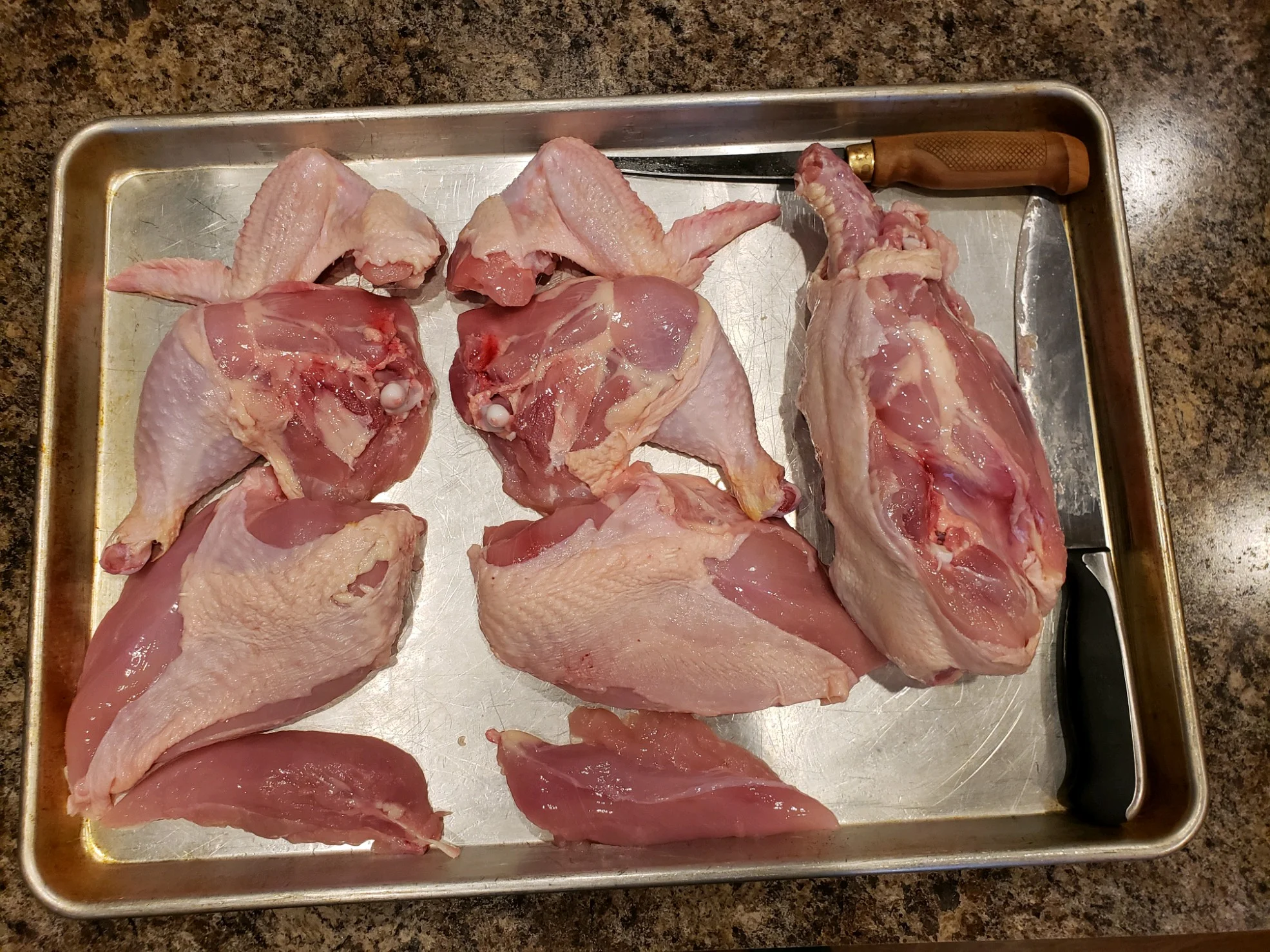We’re on a mission at Deep Roots Farm to build a healthy landscape and provide quality food using practices that are good for the land, animals, and people.
I believe we can create a diverse, productive and stable ecosystem that provides benefits for wildlife, and water quality while at the same time producing nutrient dense food. On our farm, we are striving toward this goal by using a grass-based system with grazing animals.
Our farm mimics the prairie ecosystem that existed here before European settlement by maintaining a diversity of perennial and annual grasses and forbs. Cattle are used to prune the vegetation (as bison and elk did), and the nutrients from their manure and urine are cycled back through the soil to the plants in a continuous loop. The cattle are moved frequently to allow plants to recover before being grazed again.
This style of grazing creates varying heights of vegetation that are favored by different grassland bird species. For example, kill deer prefer grass that is less than four inches tall. Meadowlarks and bobolinks prefer areas with four- to six-inch-tall grass. Dickcissels, red-winged black birds, and pheasants prefer grass that is greater than six inches tall.
Over the past six years, we have been converting cropland to grassland. In that time, we have observed numerous bird species, that were previously absent on the farm, using the grassland area. In addition to the birds, we’ve seen an increase in butterflies, spiders, and soil life. We interpret this as a sure sign that the ecosystem is responding positively to the changes we’ve made.
Another beautiful part about this grass-based farming is that while the cattle are filling an important role in the ecosystem, they are also producing nutrient dense food for us. Cattle harvest sunlight that is captured by the plants through photosynthesis and turn that energy into beef. When livestock are able to graze a diversity of plant species, their health improves, and the quality of their meat improves. The diverse plant diet imparts phytochemicals (plant nutrients) into the meat of the animal. Those phytochemicals benefit us who consume the meat by protecting against inflammation that is linked to heart disease and cancer.
In this way, by focusing on the health of the ecosystem, our own health is improved because we are all members of the biotic community. When it is healthy, we are healthy. When it suffers, we suffer.
Aldo Leopold wrote “When we see the land as a community to which we belong, we may begin to use it with love and respect”
We are expressing our love and respect by using the knowledge and tools that we have to mimic the prairie that developed here over thousands of years. We may not be able to bring back the prairie as it existed before European settlement, but we can certainly bring back some of the ecosystem services that it provided including health for the land, animals, and people.
Thank you so much for being here to join us on this mission!
Herman






